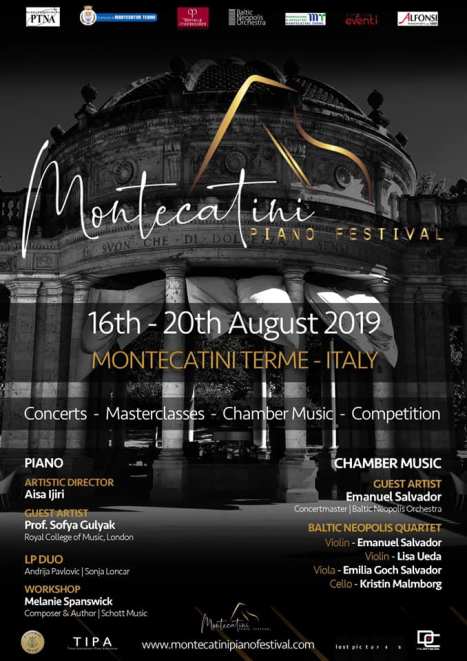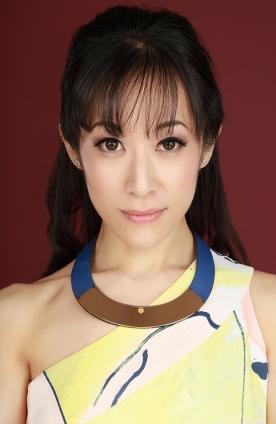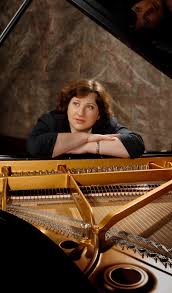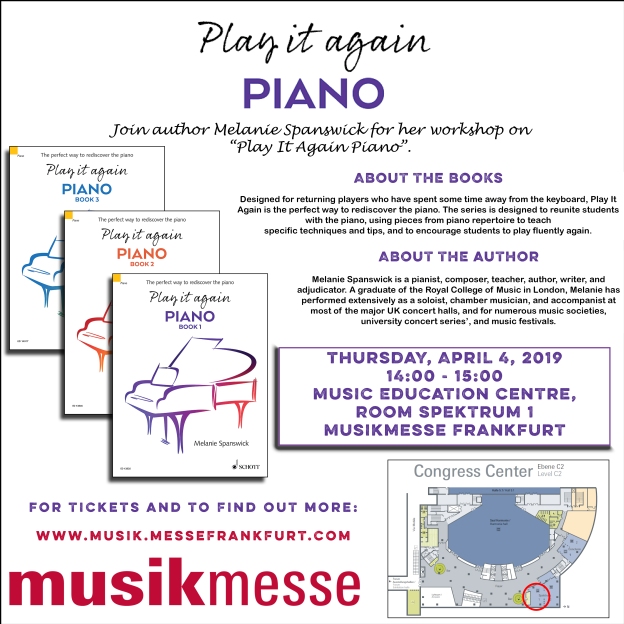 I’m delighted to be attending the new Montecatini Piano Festival this year. As many will know from reading this blog, I love to travel with my work and consider it a privilege. I feel travelling is one of the best ways to explore a particular place, culture, or country.
I’m delighted to be attending the new Montecatini Piano Festival this year. As many will know from reading this blog, I love to travel with my work and consider it a privilege. I feel travelling is one of the best ways to explore a particular place, culture, or country.
This festival is to be held in Montecatini Terme situated in Tuscany, in Italy. The town is within easy reach of the historic art mecca, Florence and fascinating Pisa (both around 40 minutes by car), and the walled city of Lucca, (around 20 minutes by car). Montecatini is located only a 10 minute drive from the city of Pistoia which has been the Italian Capital of Culture since 2017, and it’s approximately an hour’s drive from the medieval heart of Tuscany, Siena.
This area of Tuscany is known for its splendid Italian Art Nouveau architecture. Montecatini is a noted spa resort famed for special therapeutic water, and particularly for the Parco delle Terme spa complex. It became a renowned spot for La Belle Époque and was subsequently visited by great artists and composers such as Verdi, Puccini, Rossini, Richard Strauss as well as fashion designer Christian Dior. Other local sites of interest include the Funicolare and the Valdinievole. And for the more active, there are also breath-taking walks, hikes and cycling routes.
 The piano festival takes place in several venues across Montecatini, and festival concerts are to be held in the open air theatre of the Terme Tettuccio (see photo above). Participants can take advantage of a series of concerts, individual lessons and chamber music coaching given by musicians and faculty members.
The piano festival takes place in several venues across Montecatini, and festival concerts are to be held in the open air theatre of the Terme Tettuccio (see photo above). Participants can take advantage of a series of concerts, individual lessons and chamber music coaching given by musicians and faculty members.
Guests, students, course professors and performers all stay at the festival’s affiliated hotel, the Hotel Arnolfo & Aqua Laetitia. This five-star resort offers luxury accommodation and a host of spa and beauty facilities, including massage, saunas and a variety of beauty treatments, all of which are available to course attendees.
 Japanese pianist Aisa Ijiri (pictured to the left), who is artistic director of this festival, (and is also artistic director of TIPA in Japan), makes the comment:
Japanese pianist Aisa Ijiri (pictured to the left), who is artistic director of this festival, (and is also artistic director of TIPA in Japan), makes the comment:
‘Music is a universal language. It is also a beautiful journey into art. I hope our visiting musicians and participants will consider our festival a home in which to feel united with a shared journey of our whole artistic experiences, all in the beauty of Tuscany.’
The 2019 festival will offer an attractive series of concerts, individual lessons, masterclasses and chamber music coaching given by resident artists. In particular, pianist Sofya Gulyak (pictured below), first prize winner at The Leeds  International Piano Competition in 2009, and who is now professor of piano at the Royal College of Music, will give a recital and master classes. As will violinist Emanuel Salvador, who is concertmaster of the Baltic Neopolis Orchestra.
International Piano Competition in 2009, and who is now professor of piano at the Royal College of Music, will give a recital and master classes. As will violinist Emanuel Salvador, who is concertmaster of the Baltic Neopolis Orchestra.
This festival also offers performance opportunities for the participants, and a new competition for young musicians to win the chance to give a concert, providing a stepping stone towards a professional concert career. I will give a composition workshop, and I’m looking forward to hearing some of my compositions performed in the opening Gala Concert.
You can find out much more about the festival by visiting the website, and you can secure your place by clicking here.
www.montecatinipianofestival.com
My publications:
For much more information about how to practice piano repertoire, take a look at my piano course, Play it again: PIANO (published by Schott Music). Covering a huge array of styles and genres, the course features a large collection of progressive, graded piano repertoire from approximately Grade 1 to advanced diploma level, with copious practice tips for every piece. A convenient and beneficial course for students of any age, with or without a teacher, and it can also be used alongside piano examination syllabuses too.
You can find out more about my other piano publications and compositions here.
from Melanie Spanswick http://bit.ly/2DuXMU2







